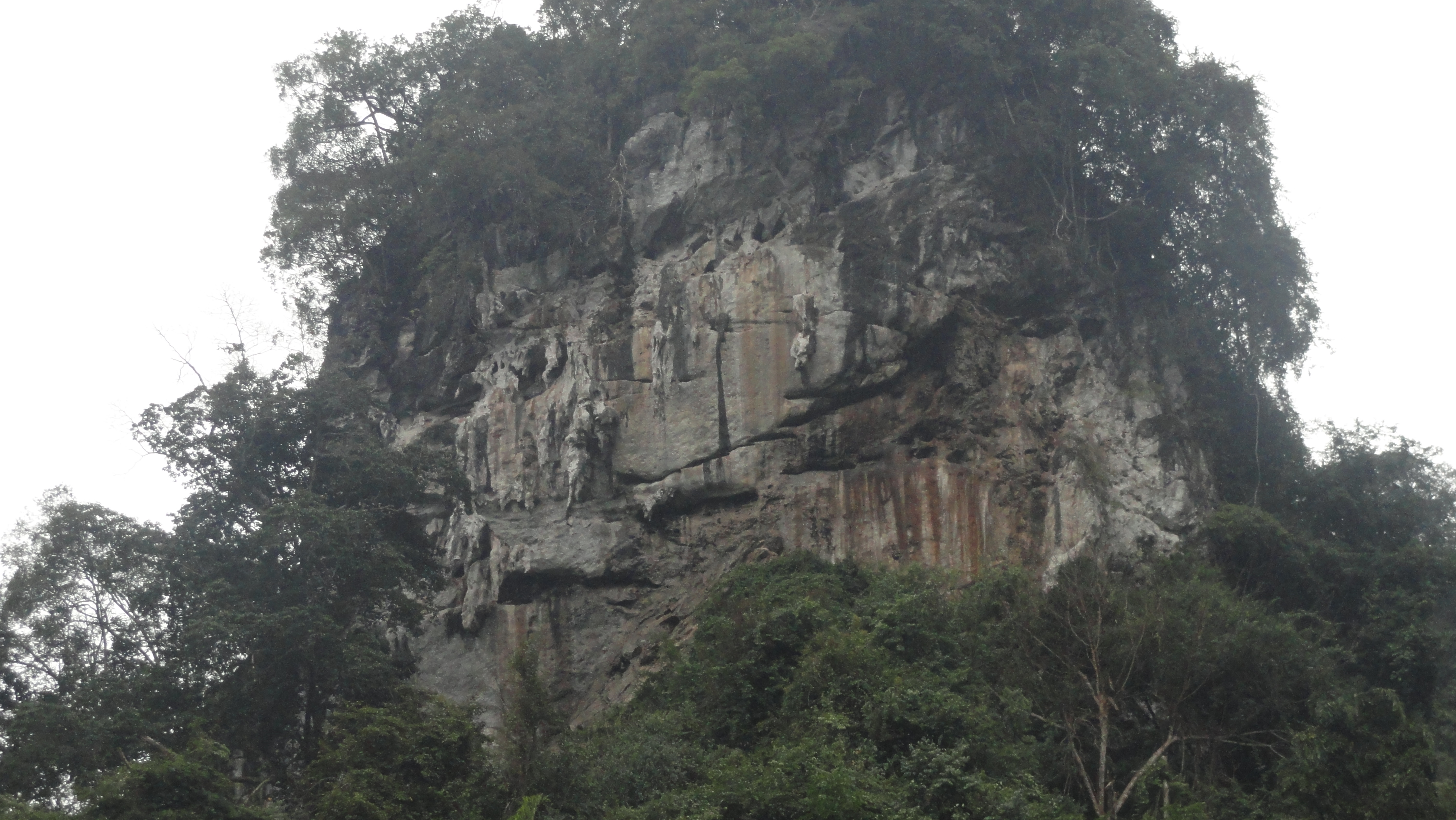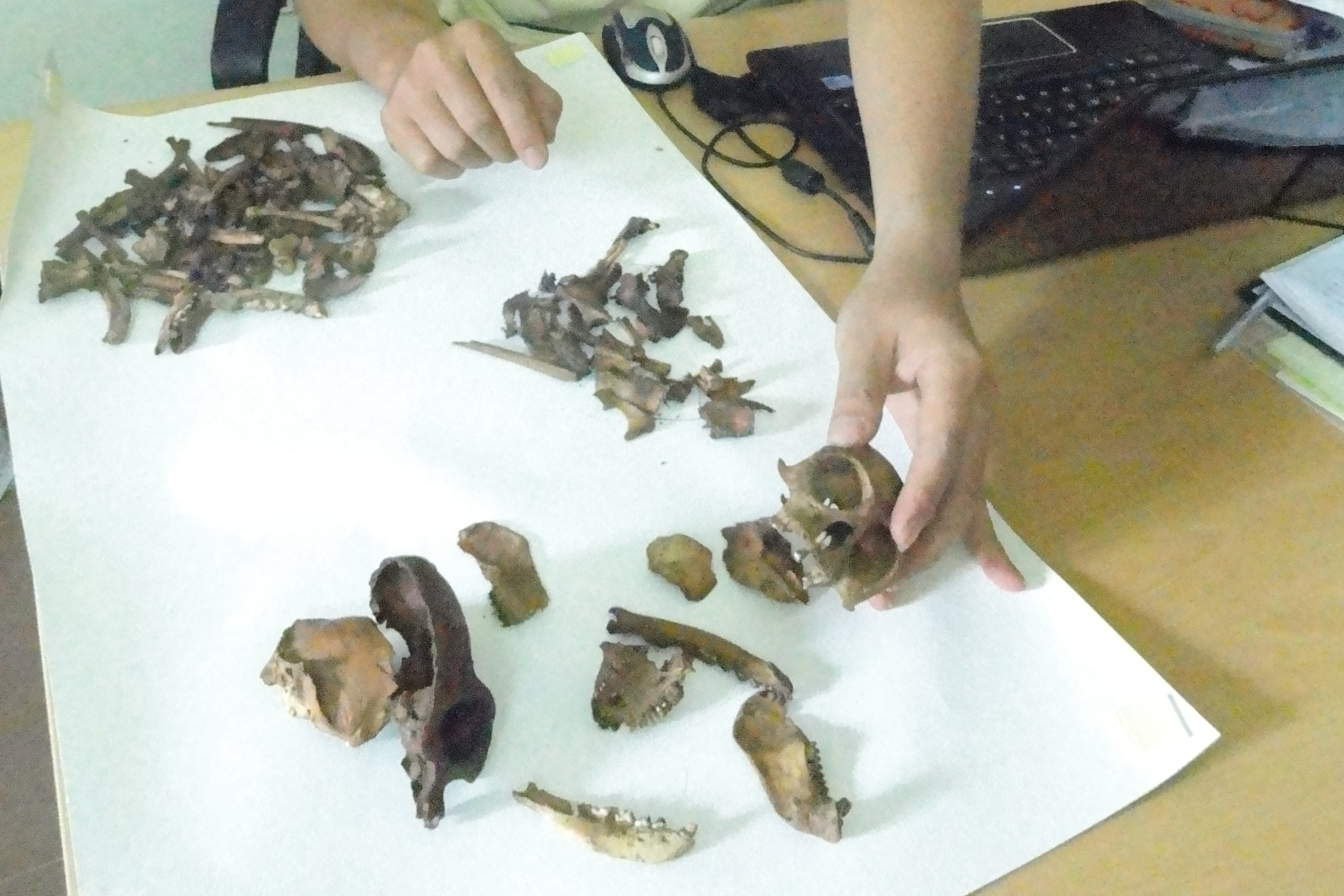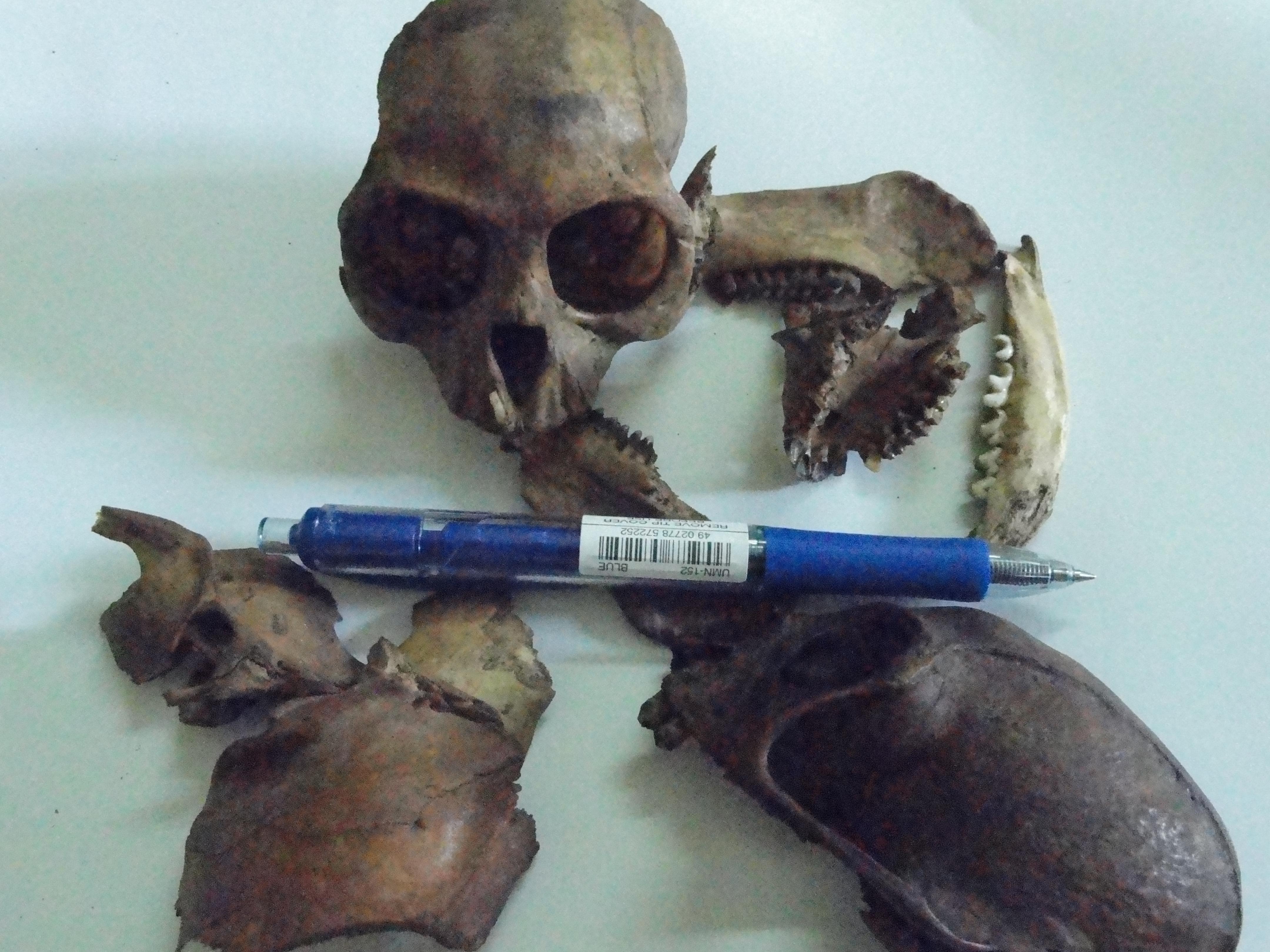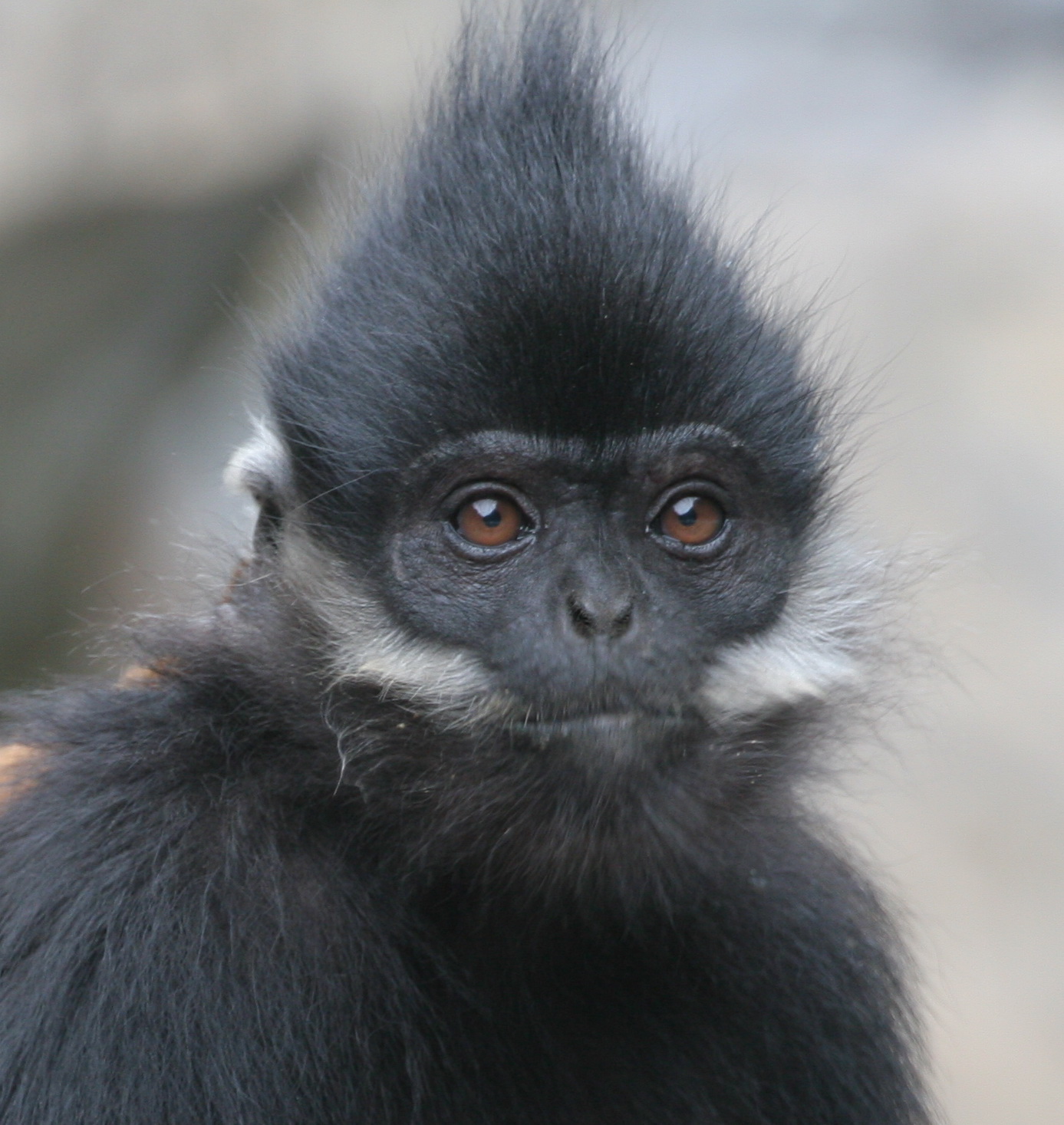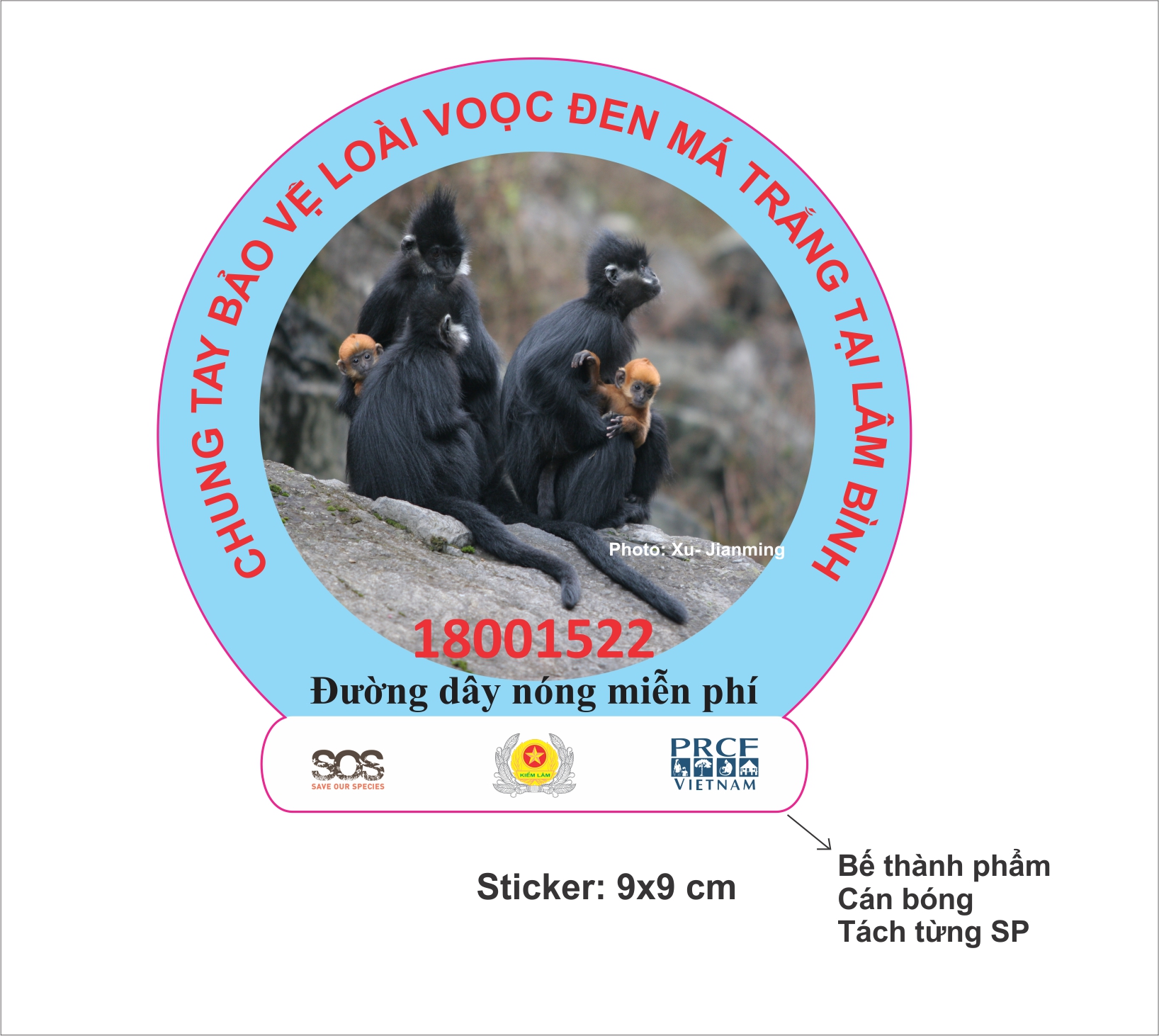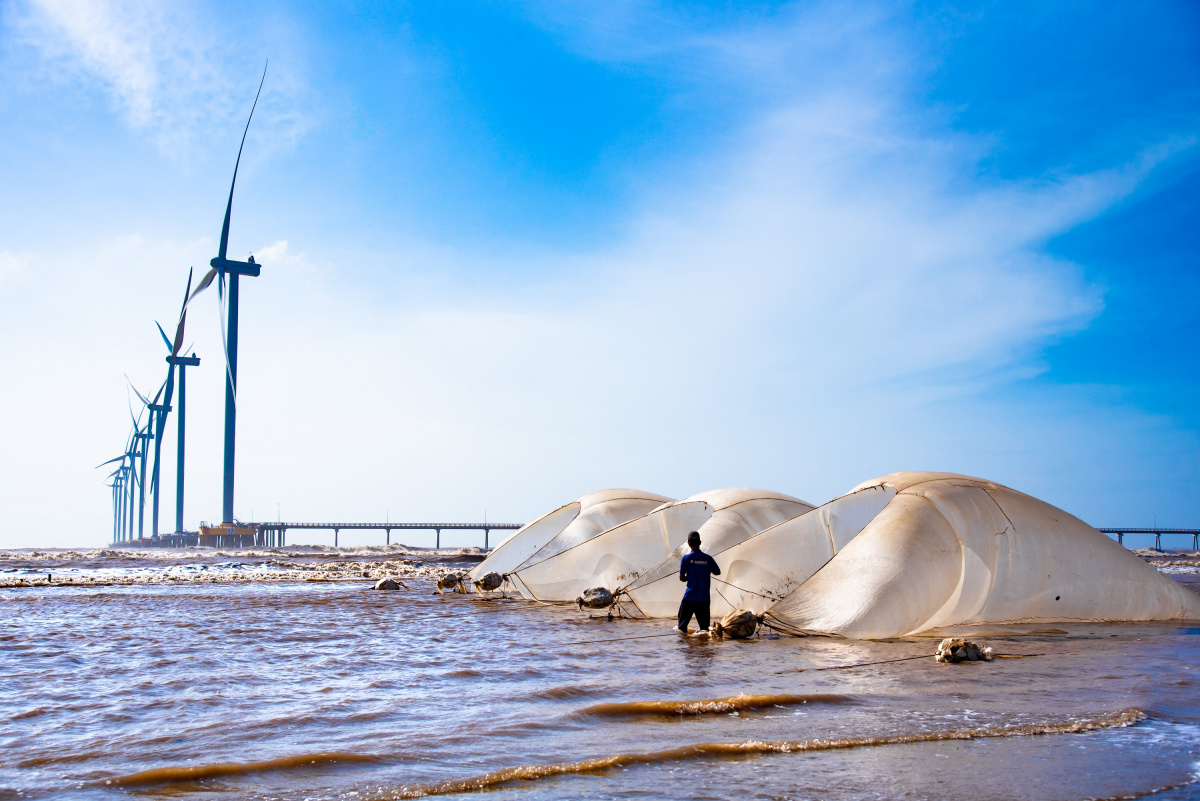Lam Binh Community sends strong message to poachers
Once bitten, twice shy. Or perhaps, in this case the phrase should be ‘once stung, twice shy’. That is the lesson SOS grantee, People Resources and Conservation Foundation, hopes poachers will take from a recent successful ‘sting’ operation carried out in Lam Binh, a remote mountainous karst region in northern Vietnam.
It was a small but significant quantity of confiscated primate bones. Tu Minh Tiep, project coordinator with PRCF’s Francois’ langur (Trachypithecus francoisi) conservation project, was very happy because the sting operation he helped organise had caught a poacher and recovered them. Weighing just 4.7 kilos, the pile of bones were later identified by the Institute of Ecology and Biological Resources, 300km away in Hanoi, as belonging to a Slow loris and four Francois’ langurs: both protected animals.
Fernando Potess, project director, said that the sting would also broadcast a clear message to other wildlife traffickers operating in the region. Vietnamese law, namely Decree 32 which protects threatened species from hunting and trade, is supported by local people and enforced by the police around Lam Binh.
While the monkey ‘bushmeat’ is often eaten, the bones are generally sold to the traditional medicine trade as ingredients for a variety of unproven products. This haul could have fetched approximately $500 USD had it ever made it to market.
Part of the langur conservation project’s objectives had always been to minimise threats from hunting by empowering local communities to protect their natural environment. With around 70 individuals, of which at least five are juveniles, the Francois’ langur population in Lam Binh represents the largest known remaining population of the species living outside of China. The loss of four animals to hunting in mid-2012 severely hindered recovery prospects for this small cliff-dwelling primate.
Through engagement with local youth unions, the surrounding communities had already become aware of the unique value of their local biodiversity. Discussions as to how these natural resources could be leveraged sustainably have already begun: one option identified was to develop eco-tourism based on the appeal of a substantial population of Francois’ langurs. Consequently it was imperative to act fast, according to Potess, if PRCF was to avert an impending poaching free-for-all in this relatively remote jungle area.
Tiep recruited a local villager to make contact with a group of suspected poachers, ostensibly in order to purchase some bones. The idea was to create the ruse of a purchasing scenario which Forest Protection Department officials would seemingly discover by coincidence. The person posing as the buyer could conveniently escape into the forest, leaving the poachers caught red-handed with their illegal wares on show and for sale in public. This was the sting and it worked like clockwork, with FPD officials arriving at the right moment to intercept the poachers, confiscate the animal parts as well as some shotguns and ammunition – all to be used as evidence in a pending prosecution case.
Reflecting on the successful if tense sting operation, Potess and Tiep explained that such incidents, combined with the distribution of PRCF’s new anti-poaching posters around the area, would generate the right kind of word-of-mouth to consolidate the tentative community support for the langur conservation project.
With community spirit on a high, the team are now looking forward to a field study trip taking place after the Vietnamese Têt holiday. Selected participants from Lam Binh’s seven villages will visit a successful eco-tourism venture involving the critically endangered Delacour's langur. PRCF hopes to implement some of the lessons learned from this venture – based in Ninh Binh province, about 90 kilometres south of Hanoi – in a similar venture based much further north in Lam Binh.
Innovative community-based conservation activities such as these will hopefully help safeguard the engangered Francois’ langur in northern Vietnam.
